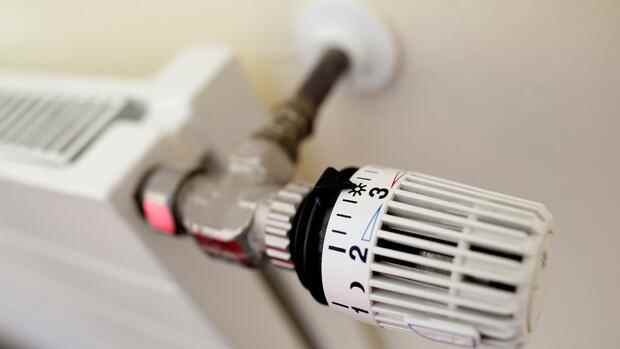The building sector is one of the biggest energy guzzlers and climate sinners. A good 75 percent of residential buildings in Germany are equipped with oil or gas heating, and around a third of the climate-damaging greenhouse gases in Germany can be assigned to this sector.
While oil heating is on the decline in Germany, more than 600,000 gas heating systems were newly installed in 2021. In addition, many buildings are poorly insulated. A good half of the almost 22 million buildings in Germany were erected before 1977, i.e. before the first regulation on energy-saving thermal insulation in buildings. It takes around 35 percent of the total final energy requirement to heat, cool and supply hot water to all buildings in Germany.
With an “immediate program for renewable heat and efficient buildings”, the Wuppertal Institute is now showing what needs to happen in concrete terms, so that buildings in Germany can be heated without oil and gas by 2035 – ten years earlier than previously politically intended.
Top jobs of the day
Find the best jobs now and
be notified by email.
According to the authors, the installation of new oil and gas heating systems would have to be banned from 2024 and the operation of existing systems would have to be banned step by step until 2035. According to Greenpeace energy expert Gerald Neubauer, Economics and Climate Minister Robert Habeck (Greens) should “accelerate the heat transition with an phase-out law for oil and gas heating”.
Also for political reasons away from fossil energies
According to Neubauer, the Russian war against the Ukraine shows that “we must move away from fossil fuels more quickly, not only for ecological reasons, but also for political reasons”. So far, the traffic light government is planning that new heating systems should be operated with 65 percent renewable energy from 2025 – even that is not considered easy.
>> Read here: The crux of the heat transition – what makes the switch to climate-friendly heating systems so difficult
In addition to an exit law, the immediate plan presented by the Wuppertal Institute contains a subsidy program for twelve million electricity-driven heat pumps and 70 million square meters of solar thermal systems. To date, a good one million heat pumps and 20 million square meters of solar thermal systems have been installed in Germany.
In order for the accelerated heat transition to succeed, the energy requirements of the buildings must also fall, for example through better insulation or the replacement of windows. The emergency program therefore provides for a step-by-step obligation to refurbish inefficient buildings.
For the heat transition, the energy requirements of the buildings must decrease, for example through better insulation.
(Photo: imago images / penofoto)
This requires federal funding for efficient buildings, which means that at least three percent of the buildings are renovated each year. The renovation rate is currently around one percent.
However, critics doubt that there are enough skilled workers available, especially since the federal government has set the goal of providing 400,000 new apartments in each year of this legislative period.
Also part of the package: the expansion of local and district heating networks and their conversion to renewable energies by 2035. District heating is considered a future-proof option, especially for cities, but has so far mainly been generated by burning coal and natural gas. According to the Federal Association of Energy and Water Management (BDEW), the share of renewable energies in district heating is only 17.5 percent.
A “booster for the heat transition”
The six-point immediate program “acts as a booster for the heat transition,” says the report. It is undoubtedly a major challenge, but also makes economic sense. The phase-out of oil and gas initially requires additional annual investments of 50 billion euros and 22 billion euros in state subsidies.
But from 2035, according to the experts, the heat transition would reduce annual costs by a net amount of 11.5 billion euros, because energy consumption would drop and less money would have to be spent, especially on oil and gas.
Civil engineer Lamia Messari-Becker, ex-member of the German Advisory Council on the Environment (SRU), says: “Impulses for the heat transition are important in these times.” The next step must be a dialogue with everyone involved to discuss feasibility.
Messari-Becker, who teaches in Siegen and is involved in the topics of sustainable construction and climate protection in the building sector, also believes that getting out of oil and natural gas in the long term is the right goal. However, she considers the instruments proposed in the study to be “one-sided and unrealistic” and the strong focus on heat pumps to be untargeted. Different ways are necessary to achieve climate protection in the building sector.
Both the supply infrastructure and the technical requirements in the buildings themselves are so different that general solutions simply seemed impossible.
Messari-Becker also insists that the focus should not be on the individual building, but rather on district solutions. In the district, measures could be implemented in a more ecological, social and cost-effective manner, she told the Handelsblatt. She is also skeptical about a possible obligation to renovate. “Around 35 percent of homeowners are already of retirement age, so loans are not a matter of course.”
More: “Unfulfillable dream” – climate neutrality of buildings by 2045 is hardly achievable
